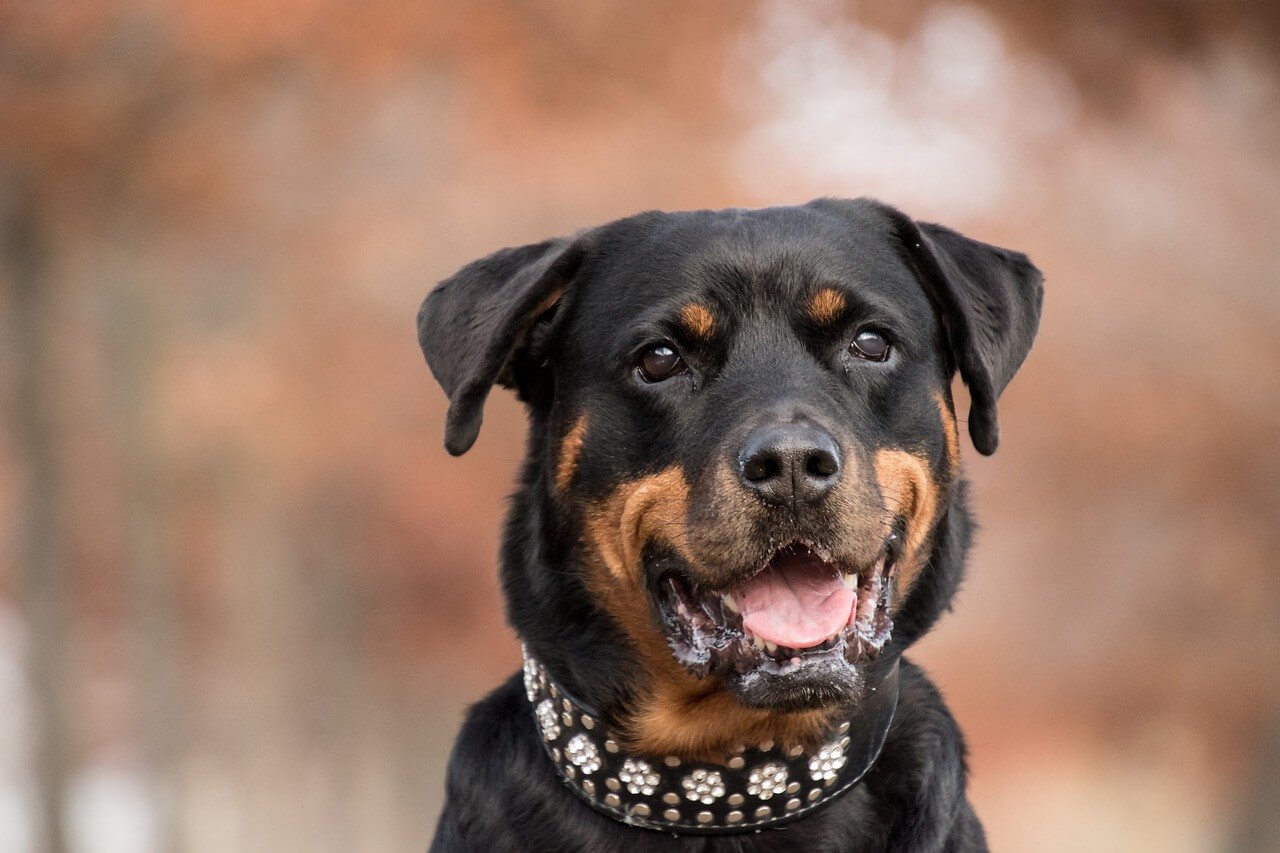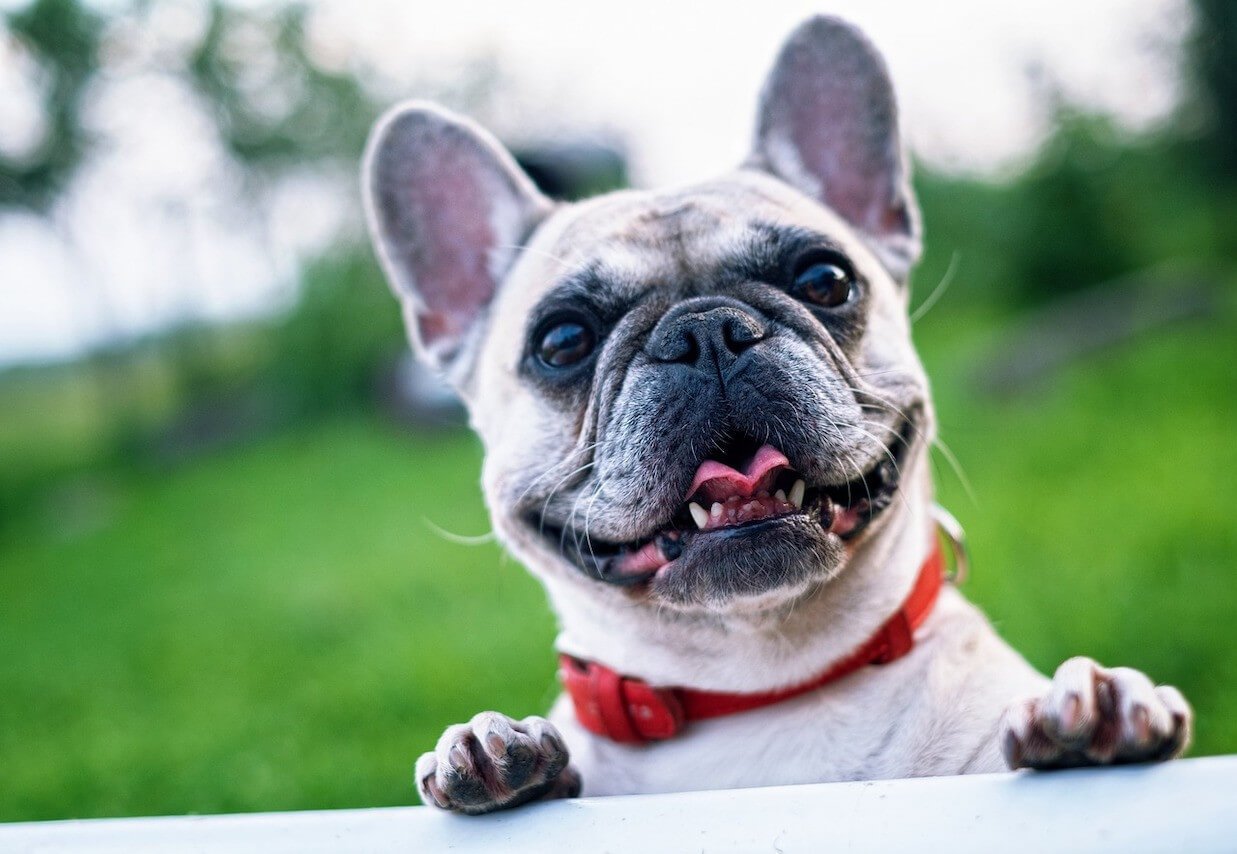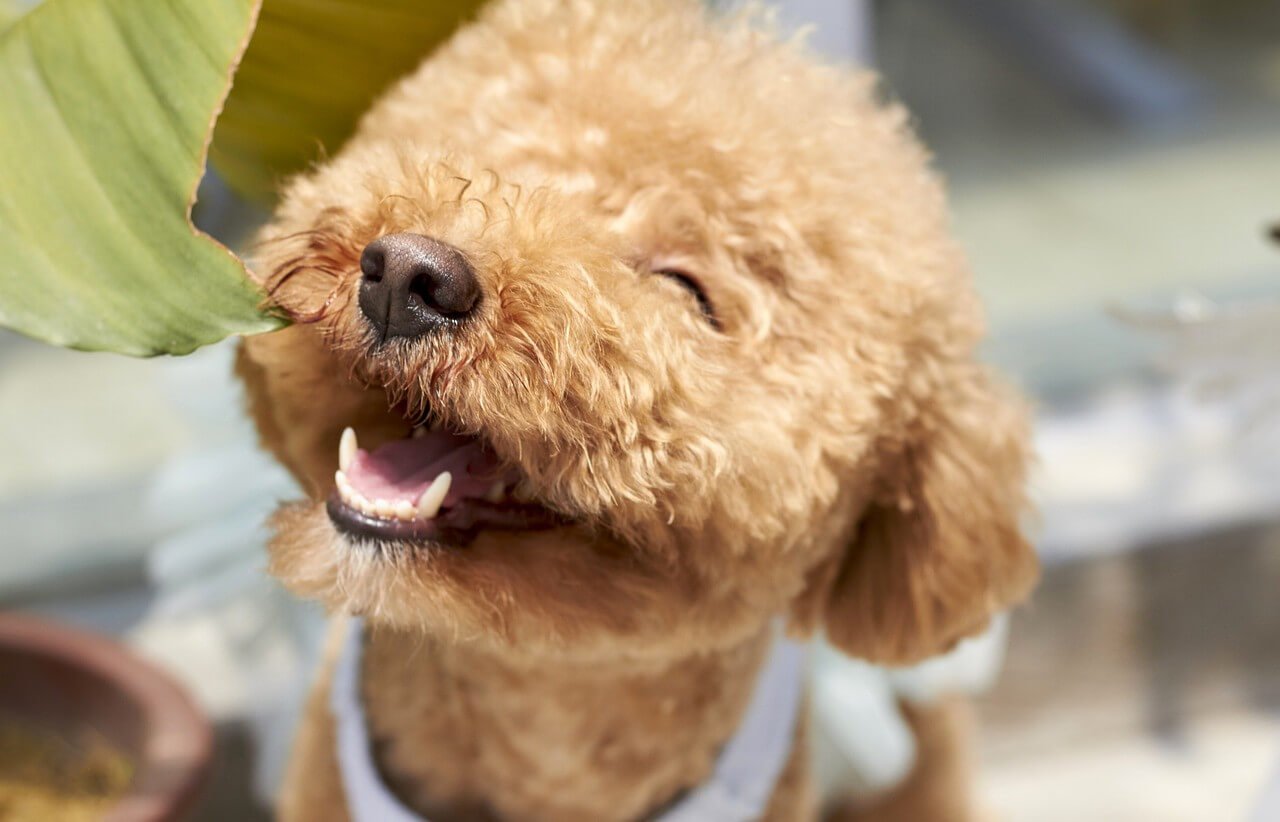The Beagle, oh, the Beagle! Doesn't just hearing the word conjure up pictures of those floppy ears, impish eyes, and ever-curious nose? If you've ever met a Beagle, you'll know that it doesn't just walk; it sniffs, wags, and gleefully trots its way into your heart. Dive into the vibrant tapestry of this breed's features as a potential Beagle parent or an enthusiast wanting to learn more. While it's tempting to judge this book only on its lovely cover, there's a lot more going on beyond the surface.
The Beagle story goes much beyond Snoopy's renowned antics in the "Peanuts" comic strip. Behind their deep eyes is hundreds of years of history, evolution, and a symphony of characteristics that make this breed so lovable. So, what's the deal with the Beagle's soaring popularity? So, how about we sniff out the specifics together?
Overview
The Beagle is a dog breed that’s loved by many, for its curious nature as well as its energy levels despite being small to medium sized in stature. These active dogs are gentle and adaptable, making them great for families living in apartments or larger homes alike. They require consistent physical and mental stimulation to remain healthy and satisfied. They love company and attention which makes them delightful companions to have around. Whether you’re spending time outdoors or cuddled up indoors with them by your side, Beagles always bring joy and love to the family as companions.
Physical Characteristics of the Beagle
The Beagle dog is a compact yet energetic dog breed originally developed for hunting small game, especially rabbit hunting and fox hunting, often in a beagle pack. Recognized by the American Kennel Club and supported by organizations like the National Beagle Club, the modern day Beagle is one of the most popular family pets in the United States.
Beagle Size and Build
Most Beagles stand about 13 to 15 inches tall at the shoulder and weigh between 20 to 30 pounds. This healthy weight range keeps them agile and ready for action. Some pocket Beagle varieties—historically bred for easier tracking through brush—are even smaller, but not all Beagles fall into that category.
Despite their modest size, Beagles are active dogs with a muscular build, bred to keep up with larger hounds during long hunts. Regular exercise is a must to maintain their stamina and mental stimulation, especially since they are one of the more energetic breeds.
Coat and Grooming Needs
Beagles sport a smooth, dense double coat that comes in classic tri-color, red and white, or lemon. This dense double coat helps protect them during hunting rabbits or following an interesting scent in the wild. While low-maintenance, the coat still benefits from weekly brushing with a medium bristle brush or hound glove to support new hair growth and remove loose fur.
Because of their floppy long ears—often referred to as soft ears—Beagles are more prone to ear infections. Regular ear cleaning is essential, especially after outdoor adventures.
Distinct Features
One of the Beagle’s most iconic traits is its keen sense of smell. Considered one of the most intelligent dogs when it comes to scent work, the breed was designed for following trails with unrelenting focus. Their long floppy ears serve more than just charm—they help waft scents toward the nose as they move.
Another hallmark feature? Their tail—typically tipped in white—makes them easy to spot in tall grass, especially when hunting small game in a beagle pack.
Beagle Size and Coat
Beagle dogs are available, in two sizes. Each size has its unique appeal to them! The 13 inch beagle is the one of the two. Usually weighs around 18 to 20 pounds. Just right for folks who fancy having a smaller sidekick by their side! Conversely the 15 inch beagle is a tad larger. Weighs, between 20 to 30 pounds. Providing a bit substance while retaining the breeds trademark agility! The Beagle comes in two sizes, with a coat thats not just simple to care for but available in various charming colors such, as tri color and lemon or red and white options. Making them even more adorable and appealing to anyone who adores dogs.
Temperament and Personality of Energetic Dogs
The Beagle is known not only for its keen sense of smell but also for its lively and affectionate nature. As one of the most energetic dogs in the hound group, the modern breed has a spirited personality that makes it both entertaining and lovable.
Social and Affectionate
Beagle dogs are incredibly social and thrive in households with other pets or other dogs. Their strong pack mentality comes from generations of hunting small game alongside larger hounds, which makes them crave companionship. Whether it’s people, other animals, or Beagle puppies, they bond quickly and enjoy being part of the action.
Because of this, they may experience separation anxiety when left alone too long. A good way to help is by offering plenty of playtime, mental stimulation, and comfort items like toys or tasty treats—especially those designed for food motivated breeds.
Cute Duck Plush Toy With Squeaker Dog Chew Toy

$9.10 USD
$14.00 USD
Give your friend joy with our Cute Duck Plush Toy With Squeaker. This delightful dog chew toy is designed to entertain and captivate dogs of all sizes. Charming Duck Design: The plush toys cute duck design is sure to charm… read more
Vocal and Expressive
Often called “singing Beagles” due to their vocal nature, they use barking, baying, and howling to communicate excitement or follow an interesting scent. While charming to fans of the breed, it’s something potential owners should be ready for—especially in apartment settings.
Intelligent but Stubborn
Beagles are among the most intelligent dogs in terms of scent tracking, but that doesn’t always translate to obedience. Their strong hunting instinct can make them easily distracted, especially during training sessions. Early socialization and consistent positive reinforcement are key.
Using rewards and training tools designed for active dogs can make a huge difference. Keep sessions fun, short, and rewarding—with plenty of dog food rewards—to match their playful, independent spirit.
Great Family Pets
Beagles are naturally gentle and loving, making them ideal family pets. Their playful nature means they get along well with children and are adaptable to both city and country living—just as long as they get at least an hour of exercise and attention each day.
Origin and History of the Beagle Breed
The Beagle's charming demeanor and distinctive appearance aren't just products of nature's whimsy. They have a rich tapestry of history that shaped them into the companions we adore today. Embark with me on a brief, yet captivating, journey back in time to the origins of this illustrious breed.
Ancient Roots: Believe it or not, the Beagle's ancestors can be traced back to Roman times. Ancient texts hint at the existence of small hound breeds used for tracking small game, bearing remarkable similarities to today's Beagle.
The English Connection: Fast-forward to Medieval England, where the term "Beagle" was first coined. The name likely stems from the Old French word "be'geule," referring to the dog's vocal nature. During this period, Beagles were primarily used for hunting small game like rabbits, owing to their keen sense of smell and agile form.
Royal Affection: Beagles have rubbed elbows—or should we say, paws—with royalty. Queen Elizabeth I was known to have kept "Pocket Beagles," which were small enough to fit in a noble's pocket and accompany them on hunts.
Across the Pond: In the 19th century, Beagles made their voyage to America. Their popularity grew swiftly, thanks to their exceptional hunting abilities and affable nature. By the 20th century, the Beagle, as we recognize it today, was refined and recognized by the American Kennel Club.
From Hunters to Households: While they were initially bred for their keen tracking abilities, Beagles soon found their way into our homes and hearts. Their gentle temperament, combined with their undying loyalty, transformed them from mere hunting partners to cherished family members.
Understanding the Beagle's history lends a deeper appreciation for the breed. It's not just about their lovable antics or heartwarming companionship. It's a bond that's been centuries in the making, connecting past, present, and future Beagle lovers in a shared adoration.
Training and Socialization of Beagle Puppies
Training Beagle puppies can be a rewarding experience—but it does come with unique challenges. As one of the most intelligent dogs in terms of scent work, the Beagle is quick to learn but often ruled by its nose. Their strong hunting instincts and independent nature mean consistent, positive reinforcement is essential from a young age.
Start Socialization Early
Early socialization is crucial for Beagle puppies. Exposing them to other dogs, other pets, and a variety of environments helps build confidence and reduces unwanted behaviors later in life. A well-socialized Beagle dog is more likely to become a calm, friendly family pet, especially in multi-pet households.
Introduce them gradually to:
New people and children
Different sounds, textures, and environments
Walks with other animals or energetic breeds
Group play or puppy classes through reputable breeders or trainers
Use Motivation-Based Training
Because Beagles are food motivated, they respond exceptionally well to treat-based training. Keep sessions fun and focused with tasty treats, praise, and short commands. Avoid punishment-based approaches—they’re more likely to ignore than engage.
Training tools like puzzle feeders, scent games, or basic agility courses provide both mental stimulation and a healthy outlet for their energy. Always end on a positive note to build trust and engagement.
Be Patient and Consistent
Due to their natural independence and sense of smell, Beagles can become distracted—especially when following an interesting scent. To keep their attention:
Practice training in low-distraction environments at first
Use a clicker or marker word to reinforce correct behavior
Stick to short, consistent sessions for the best results
Preparing for Life as an Energetic Adult
Most Beagles grow into active, curious adults who thrive with structured routines and regular exercise. Building those habits during the puppy stage sets the foundation for a well-behaved, confident dog.
Whether your pup comes from responsible breeders or a rescue, early training is the key to unlocking the best in this modern breed.
Health and Dog’s Diet Needs for Beagles
The Beagle is a generally healthy and resilient dog breed, but like all energetic dogs, they have some breed-specific health considerations. Maintaining their health requires proper dog food, regular exercise, and routine vet visits.
Common Beagle Health Concerns
Although many Beagles live long, active lives, there are a few health conditions that can affect them:
Hip Dysplasia – A genetic condition that affects the hip joint. While it’s more common in larger hounds, some affected dogs may show signs of stiffness or difficulty with movement.
Ear Infections – Their long floppy ears and soft ears can trap moisture and dirt, making regular cleaning essential to prevent infection.
Obesity – Because Beagles are food motivated, they’re at high risk for weight gain. Keeping them at a healthy weight helps reduce strain on joints and internal organs.
Hypothyroidism – Issues with the thyroid gland can lead to weight gain, lethargy, and skin conditions.
Allergies (Beagles) – Skin sensitivities and food allergies can affect some Beagles. Watch for itching, ear redness, or gastrointestinal issues.
Partnering with your vet for routine exams and preventative care is the best way to detect and manage these conditions early.
Choosing the Right Dog Food for Beagles
Because of their strong hunting instinct and high activity levels, Beagles need a balanced diet that supports both energy and muscle health. Look for dog food that includes:
High-quality protein for lean muscle
Omega fatty acids for skin and coat health
Fiber to aid digestion and prevent bloating
Joint support ingredients (like glucosamine) for breeds prone to hip dysplasia
Portion control is also key—not all Beagles know when to stop eating! Consider using slow-feeder bowls or puzzle feeders to help with portion control while adding mental stimulation.
Healthy Habits for a Healthy Beagle
Keep a routine of regular nail trimming to prevent posture issues
Brush with a medium bristle brush or hound glove weekly to promote new hair growth and reduce shedding
Make sure your Beagle gets at least an hour of physical activity daily
Use treats in moderation—especially tasty treats designed for training or low-calorie snacks
A healthy diet and lifestyle not only reduce health risks—they also keep your Beagle happy, fit, and ready for any adventure, whether it’s hunting rabbits or chasing squirrels in the backyard.
Common Health Issues in Purebred Beagles
Like many purebred dogs, Beagles can be prone to certain inherited health conditions. While this modern breed is generally healthy and long-lived, it's important for potential owners to understand the risks—especially when purchasing from reputable breeders or evaluating breeding stock.
Hip Dysplasia
Although more common in larger hounds, hip dysplasia can also affect Beagles. This genetic disorder impacts the hip joint, leading to pain, stiffness, or difficulty moving—especially in affected dogs as they age. Regular exercise, a healthy weight, and joint supplements can help reduce strain on the hips.
Ear Infections
Those adorable long floppy ears may be signature Beagle traits, but they can trap moisture and debris, creating the perfect environment for ear infections. Beagles who spend time outdoors or love hunting small game should have their ears checked and cleaned regularly to avoid discomfort or odor.
Hypothyroidism
Issues with the thyroid gland can lead to symptoms like weight gain, hair loss, lethargy, or skin conditions. This condition is common in purebred dogs and may require lifelong medication and dietary adjustments, monitored by a vet specializing in veterinary medicine.
Allergies in Beagles
Allergies (Beagles) are another concern—whether environmental or food-related. Signs include itching, licking paws, or ear inflammation. Feeding high-quality dog food and avoiding common allergens can help manage symptoms.
Epilepsy
Although not extremely common, epilepsy has been observed in some Beagle lines. Seizures often begin at a young age, and ongoing veterinary medicine is usually required for management. Choosing from responsible breeders who screen for genetic conditions is key to reducing risk.
Conclusion
Beagles are lively, affectionate, and loyal dogs that bring endless joy to their families. Whether you're drawn to their friendly nature or their energetic spirit, a Beagle can be the perfect addition to your home. Just make sure you're ready for their playful personality and high energy levels, as they love staying active. Providing them with a fenced-in yard, regular walks, and a durable chew toy can help keep them happily occupied and healthy. With the right environment and plenty of playtime, a Beagle will thrive.
For those considering bringing a Beagle into their lives, be prepared for a rollercoaster of love and laughter. From their curious sniffs to their wagging tails, these dogs have a way of leaving a lasting paw print on your heart.
Reference:
https://waelbatista.shop/a/blog/how-cold-is-too-cold-for-dogs










